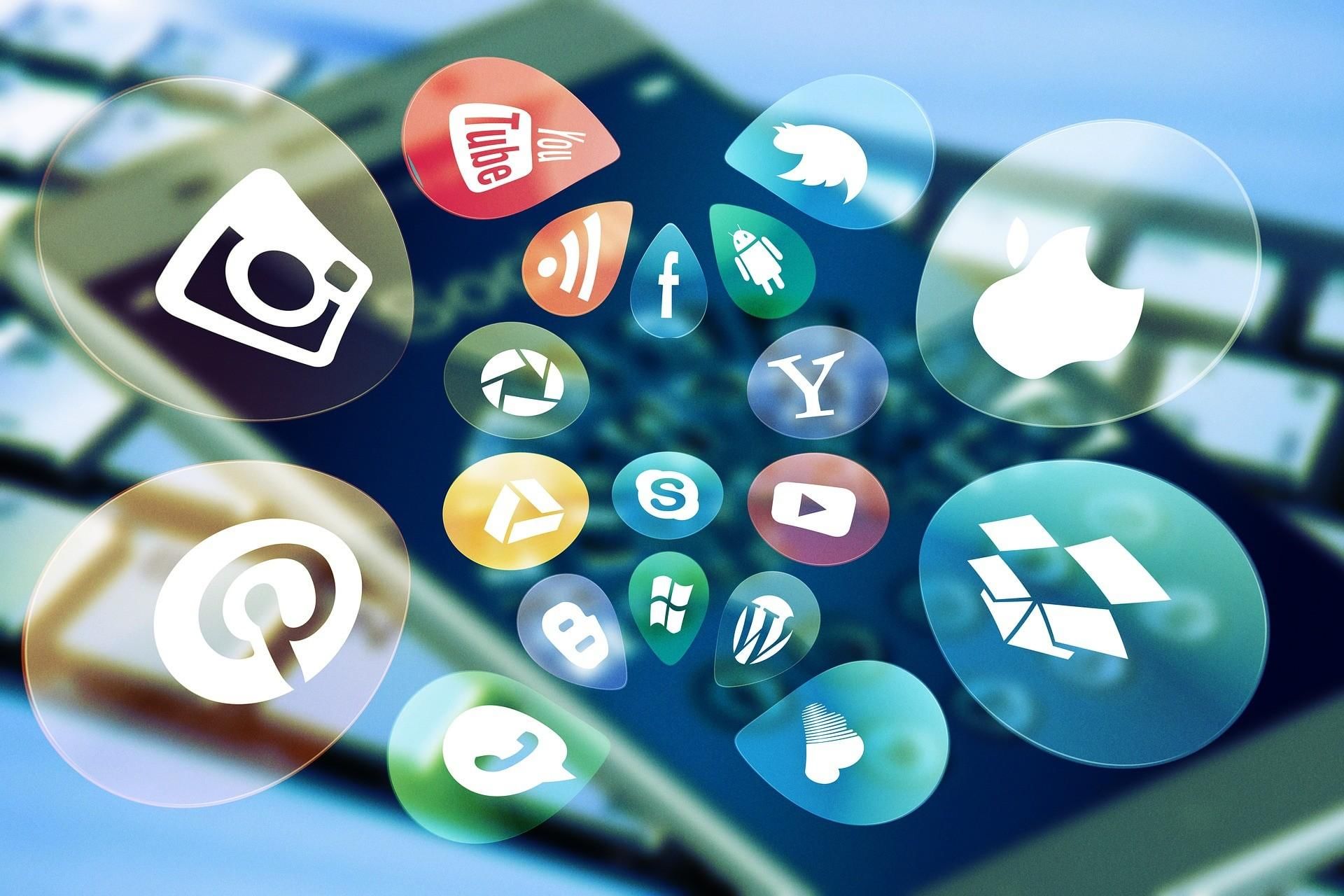Visual Social Media Content Definition Types Advantages and Tips – Part I

Visual content has become necessary in an era marked by unprecedented short attention spans. Since over 65% of people are visual learners, absorbing information through images, infographics, or videos has become a necessity rather than just a preferred option.
Visuals transcend mere aesthetic appeal; they capture attention, educate audiences, and inspire action within seconds. This explains the meteoric rise in popularity of platforms such as YouTube, TikTok, and Instagram, which provide immersive visual experiences that seamlessly integrate images, videos, and interactive elements.
This article highlights the significance of visuals on social media in empowering businesses to develop compelling narratives that resonate emotionally with their audiences. These narratives foster strong connections that enhance client engagement and loyalty.
What is Visual Content?
Visual content is any material that stimulates the senses and conveys information primarily through imagery rather than text alone. This category is broad and varied, including striking photographs, engaging videos, informative infographics, and animations.
These visuals can convey messages, evoke emotions, and clarify complex ideas clearly and enjoyably. Briefly, visuals help tell stories, express ideas, and communicate with people more effectively than text alone.
On social media platforms, visual content is strategically employed to capture attention, create lasting impressions, and forge meaningful connections with audiences. It is a dynamic canvas for brands to narrate their stories in an engaging and easily digestible format.
Most companies incorporate images into their social media posts because they recognize the undeniable power of visual content in boosting engagement and achieving results.

What is Effective Visual Content for Social Media Marketing?
While visual content is diverse and encompasses various forms, certain types are particularly effective within social media marketing strategies. The key is understanding your target audience's preferences and behaviors. Here are some common types of visual content often used in social media campaigns:
1. Images
High-quality images are crucial for capturing users' attention as they scroll social media. Images can promote interaction, whether they are beautiful product photos or lifestyle shots.
The adage "A picture is worth a thousand words" holds particularly true in the realm of social media today.
Although text-based content is undoubtedly useful, an engaging image can communicate a message or a feeling far more effectively. A well-designed image can convey your brand's essence, captivate your audience, and inspire them to act in a single glance. This highlights the importance of an online file converter to ensure your images are formatted optimally for audience engagement. A HEIC to JPG converter can be especially beneficial for those dealing with high-efficiency image files, ensuring compatibility across all platforms and devices.
2. Videos
Videos have become increasingly popular and effective on social media platforms. Short, engaging videos can effectively capture the audience's attention, narrate stories, and demonstrate products or services in action.
Tutorials, behind-the-scenes clips, and comedy skits are the most popular videos on social media. Each offers a dynamic way to connect with your audience and convey your message interactively and distinctively.
Here are some of the most effective video types your business can produce:
- Explainer videos.
- Product reviews.
- Customer testimonials.
- Behind-the-scenes.
Although regularly creating new videos can be overwhelming, you can repurpose content from webinars, high-performing articles, and other materials and turn them into videos.
3. Infographics
Infographics are another powerful asset for social media marketers. Their ability to simplify complex information into easily digestible visual formats makes them highly shareable and positions your brand as a thought leader within your industry.
Whether you're presenting statistics, explaining a process, or offering tips and guidelines, infographics provide an engaging visual way to convey information and boost interaction.
4. User-Generated Content (UGC)
In addition to professionally produced content, user-generated content (UGC) has emerged as an invaluable resource in social media marketing. Customer photos, testimonials, and reviews offer genuine perspectives that build trust and enhance relationships with the target audience. By incorporating UGC into your social media strategy, you can increase follower engagement and showcase real-life brand experiences. These visuals are essential if you aim to build a strong and sustainable relationship with your audience.

Social Media Visuals Advantages
Social media platforms are filled with vast content competing for users' attention. Therefore, visual content’s value cannot be underestimated. Visual content is not just a complementary element of a successful social media strategy; it is often the driving force behind engagement, brand recognition, and conversion rates.
1. Simplifying Complex Topics
Visual content on social media plays a crucial role in simplifying complex topics and making information accessible to audiences from all backgrounds. For example, infographics are particularly effective in distilling complex subjects by presenting information in visually engaging and easily comprehensible charts.
Infographics integrate text, icons, and illustrations to offer a structured summary of key points. This clarifies complex details and quickly highlights essential ideas. This content type facilitates understanding and enhances information retention, as viewers can grasp core concepts quickly without struggling through lengthy texts or specialized terminology.
Similarly, explanatory videos are effective for simplifying complex topics on social media. By using animation and storytelling, these videos break down intricate concepts into manageable parts to educate viewers on the subject clearly and enjoyably.
2. Making Explanations More Enjoyable
Lengthy and technical explanations can disengage an audience and potentially drive them away from your content. This is where visual content on social media becomes invaluable, transforming explanations into engaging experiences for your audience.
Images can grab attention and keep viewers engaged, even when discussing complex or dull topics. Instead of overwhelming the audience with text or dry technical language, visuals provide a dynamic and interactive experience that caters to various learning styles.
For example, storytelling through visual media such as comics or animated videos can invigorate explanations. Incorporating stories and characters into your explanation transforms a dull topic into an entertaining and enjoyable experience. Through humor, excitement, or relatable scenarios, visual storytelling captivates the audience's attention and promotes active participation in the learning process.
In Conclusion
This part of the article discussed visual content's definition, types, and some advantages. Part II will discuss additional advantages and provide tips for creating visual content.
دعنا نساعدك
دعنا نساعدك
حقق أهدافك واحصل على الدعم الذي تحتاجه، تواصل معنا وابدا رحلة التغيير التي تريدها.
تواصل معنا الآن
آخر المدونات
اشترك في نشرتنا الإخبارية
اكتب بريدك الالكتروني واضغط على زر اشتراك
اشترك الآن واحصل على آخر المقالات والأبحاث والمنتجات التي تجعلك أقوى من أي وقت قد مضى.
